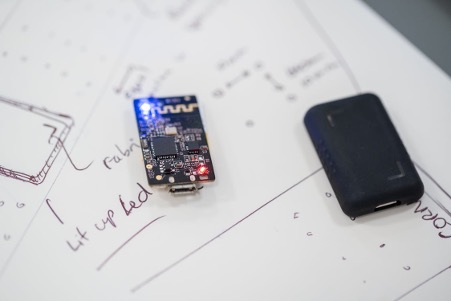Developing a new product requires coordinating many moving parts, from initial conception to final launch. With technology integrated into nearly every product nowadays, cybersecurity is a crucial consideration at each step of the product development process. Failing to prioritize cybersecurity can leave your product and customers vulnerable to attacks.
Planning cybersecurity from the start helps mitigate risks down the line. Follow these best practices at each stage to launch more secure products.
Conceptualization
The planning phase is the perfect time to start thinking about cybersecurity. Outline the goals for your minimum viable product (MVP) and conduct thorough market research to understand customer needs. Learn more with product roadmap examples to see how to do this well.
As you draft initial specs, consider:
- What data will your product collect, transmit or store? Financial information, personal data, intellectual property, etc. need stringent protections.
- How will different features impact cyber risks? Connected devices, account management, and software integration all create potential vulnerabilities.
- What compliance requirements apply? Industries like healthcare and finance have strict data security regulations.
Document these factors to inform cybersecurity priorities going forward. Bring in security experts at this point to spot potential issues early.
Design
With a concept in mind, the design stage turns ideas into detailed plans.
- Build security into product architecture from the start. Consider elements like encryption, access controls, and software composition analysis.
- Minimize vulnerabilities in each component. Vet third-party software dependencies. Enforce secure coding practices. Utilize threat modeling.
- Plan for safe data usage. Anonymize data where possible. Develop secure storage and transmission methods.
- Incorporate end-to-end security controls. Require strong passwords. Implement multi-factor authentication. Establish breach response protocols.
Threat modeling and risk assessments in the design process uncover weaknesses to address proactively.
Development
As developers start building per specifications, security remains a top concern.
- Promote a culture of security. Train all teams on secure coding principles, threat awareness and responsible disclosure.
- Perform exhaustive testing. Static/dynamic analysis finds bugs. Penetration testing surfaces vulnerabilities. Monitor for new threats.
- Manage identities and access. Implement least privilege and separation of duties. Require strong credentials and rotate passwords.
- Validate third-party code. Review dependencies for vulnerabilities. Maintain software bill of materials.
- Operate securely. Protect development infrastructure. Securely store code. Encrypt data. Require VPNs.
Continuous testing and monitoring during development catches issues before launch.
Pre-Launch
Before release, re-evaluate the entire product for security gaps.
- Hunt for vulnerabilities. Perform comprehensive penetration testing and source code analysis. Fix any flaws.
- Strengthen defenses. Harden configurations. Whitelist applications. Deploy firewalls and anomaly detection.
- Formalize procedures. Document incident response plans. Create disaster recovery policies.
- Educate customers. Provide guidance on secure use, storage and disposal. Offer cybersecurity assistance.
Final security audits confirm protections meet industry standards and regulations.
Post-Launch
Security remains an ongoing priority after launch.
- Monitor threats. Watch for new vulnerabilities. Regularly scan for malware or intrusions.
- Install patches rapidly. Quickly distribute software updates to fix bugs.
- Engage ethical hackers. Authorize bug bounty programs to identify undiscovered risks.
- Refine as needed. Use any incidents to improve defenses across products.
Cybersecurity requires constant vigilance. Continuously enhance protections to counter emerging threats.
From the first spark of inspiration to product rollout, cybersecurity must be central to development. Planning security early and reinforcing it throughout the process leads to robust long-term protection.

